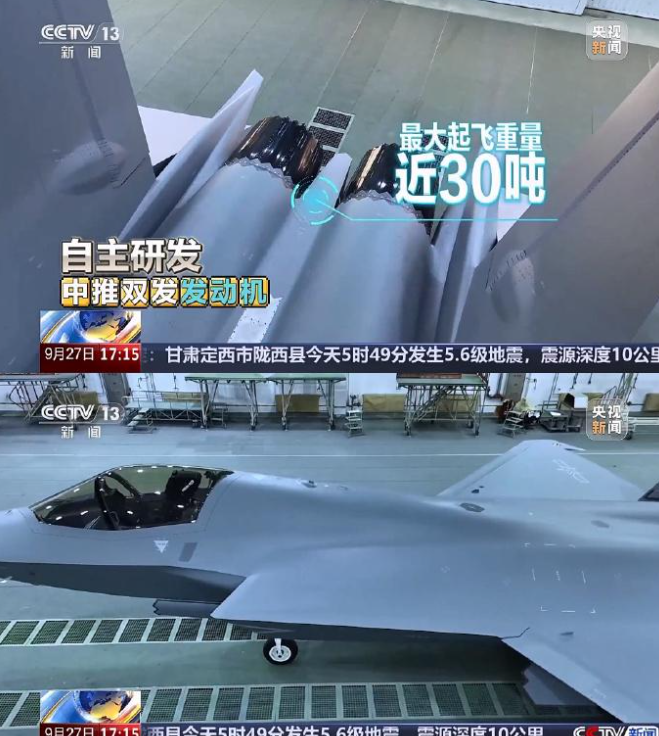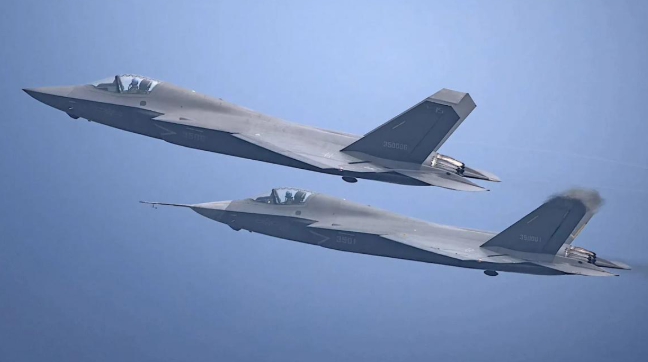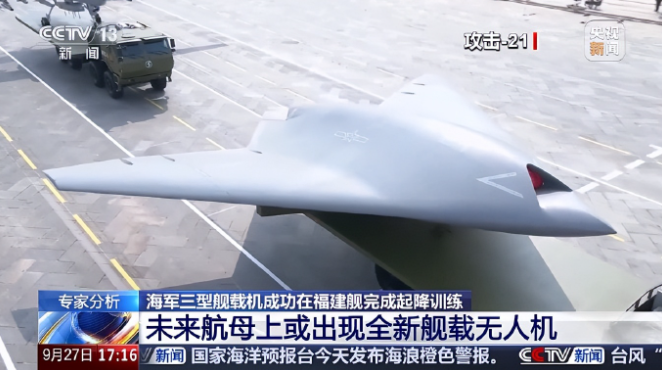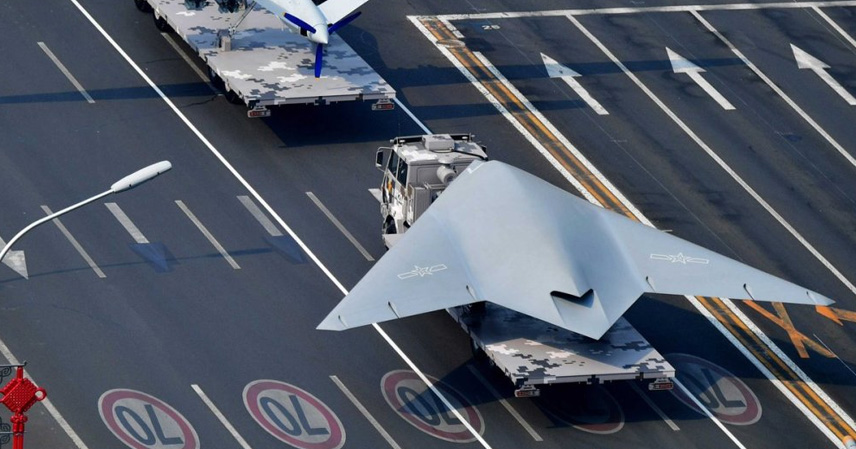China’s next-generation carrier-based fighter, the J-35, has made headlines once again—just days after the official confirmation of its deployment to aircraft carriers. On September 28, CCTV reported that the J-35 is now powered by a newly developed, indigenously produced medium-thrust twin-engine, enabling the aircraft to reach a maximum takeoff weight of nearly 30 tons.
A New Engine with Advanced Materials
According to the report, this new powerplant incorporates “metamaterial technology,” a breakthrough suggesting the engine could hold a global performance advantage in its class. While CCTV did not disclose the exact model, analysts believe it is most likely the long-rumored WS-19 turbofan rather than a derivative of Russian RD-93 engines.

This engine marks a significant upgrade over earlier prototypes of the FC-31 (the J-35’s predecessor), which used the WS-13 and were limited to a maximum takeoff weight of 25 tons. With the new engine, the J-35 nearly matches the 33-ton capacity of the J-15T, despite being a smaller, stealth-oriented aircraft.
Breakthrough in Turbine Blade Technology
Though specific details about the “metamaterial” remain undisclosed, open-source research indicates that Chinese aerospace institutes recently achieved a key advancement: self-cooling turbine blades made of specialized alloys. These blades can withstand temperatures about 15% higher than existing designs, boosting both engine thrust and service life.
If this technology is indeed integrated into the WS-19, experts suggest the J-35 could gain supercruise capability—sustained supersonic flight without afterburners. The WS-19 is estimated to achieve a thrust-to-weight ratio near 10, significantly higher than the WS-13 (7.8) and even the U.S. F404 engine (8.0). Such performance would position the J-35 as a serious rival to the U.S. F-35 in the Pacific theater.

Beyond the J-35: Powering Carrier-Based Drones
CCTV also hinted at future applications of this medium-thrust engine, particularly in carrier-based unmanned aerial vehicles (UAVs). For comparison, the U.S. Navy’s X-47B drone (similar to China’s GJ-21) relies on a Pratt & Whitney F100-220 engine with a thrust-to-weight ratio of just 7.4 and maximum thrust of 23,000 pounds. The WS-19, estimated at 26,000 pounds of thrust, would clearly outperform it, potentially powering China’s next-generation strike and reconnaissance UAVs.
Strategic Implications
The arrival of this new engine carries two major implications:
- The J-35 reaches full maturity – No longer limited by transitional engines, the fighter has achieved a complete design standard, ready for frontline deployment.
- China establishes global leadership in medium-thrust engines – Overcoming past criticisms of “low thrust” and “poor durability,” China now demonstrates independent innovation with cutting-edge technology, laying a foundation for sixth-generation fighters and advanced UAVs.

As the J-35 prepares for carrier integration and UAV projects move forward, China’s naval aviation is entering a new era. The official debut of these aircraft in service may be closer than expected—and could redefine the balance of air power across the Pacific.
References
- CCTV News, Sept. 28, 2025
- Open-source aerospace materials research from Beijing Aeronautical Materials Institute



